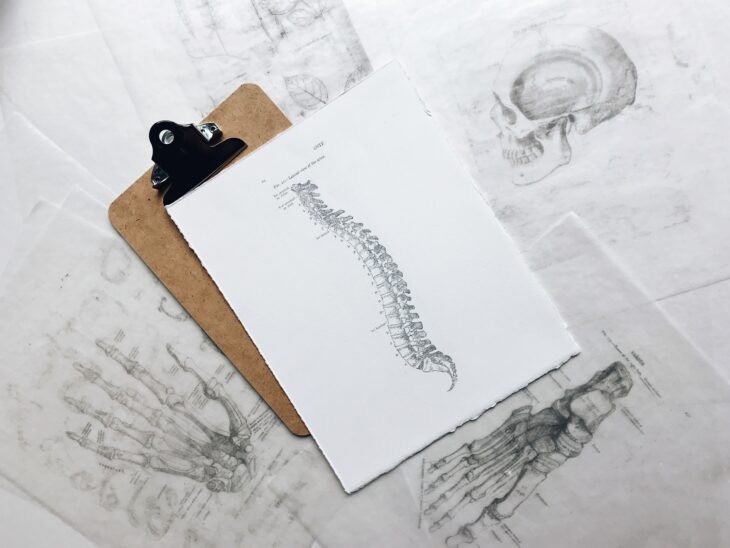Have you ever taken melatonin to help you sleep? Melatonin is a natural hormone that plays a role in sleep. Our brains synthesize melatonin in response to darkness, which helps regulate our body clock or circadian rhythm. But melatonin has many diverse functions that are useful in maintaining our health. It goes beyond getting a good night’s sleep!
For example, researchers in the past have shown that melatonin is an antioxidant and can help calm inflammation. When our bodies are injured, our immune system initiates a natural repair response through inflammation, but too much inflammation can actually harm our cells. Scientists have found that melatonin has anti-inflammatory qualities, which can help stop harmful inflammation.
With these properties, scientists have proposed melatonin could also help heal injuries associated with intense inflammation, like spinal cord injuries. These complex injuries are rooted in the central nervous system and can affect our ability to move, speak, and process information. They are very difficult to heal because spinal cord cells can’t regenerate the way other cells, like skin cells, do.
A team of scientists from China recently set out to test whether melatonin could alleviate spinal cord injuries in mice. They hypothesized melatonin could do so via a biochemical pathway that activates its anti-inflammatory and antioxidant properties, called the Nrf2/ARE signaling pathway.
The scientists paralyzed 100 mice’s extremities to simulate a spinal cord injury, then injected them with different amounts of melatonin. They injected a control group of 25 mice with a placebo to compare their response with mice that had received melatonin injections.
Before and after giving the mice melatonin, the scientists collected a small portion of tissue from their spinal cords. They stained the tissue to see if the cells were dead, dying, or normal. They found that mice injected with melatonin had less dead cells than the control group.
To see how the mice responded to these treatments at a cellular level, the scientists also examined the energy factories of their cells, called mitochondria. They stained the mice’s mitochondria and examined them with a microscope. The scientists found the mice’s mitochondria were fatally affected by their paralysis. They observed bubble-like structures within the mitochondria, called vacuoles, only in mice that didn’t get melatonin. This meant the mice’s cells died because they weren’t receiving energy, like a plant dies when it gets no water.
The team confirmed the mice injected with melatonin had fewer vacuoles forming in their mitochondria. They suggested this meant the antioxidant properties of melatonin protected the membrane of cellular power factories, the same way our skin protects us from the elements.
Scientists also tested whether melatonin could prevent inflammation and other changes in the chemical makeup of cells by interacting with proteins. A protein called NLRP3 inflammasome codes for inflammation in our bodies. The scientists predicted that too much NLRP3 could encourage an injury to develop uncontrollable inflammation that results in cell death.
The scientists used a gel-based method that separates proteins in a tissue sample based on their size, called a Western blot, to detect what proteins the mice with the melatonin injection were making. They confirmed that melatonin interacted with the NLRP3 inflammasome in these mice through proteins in the Nrf2/ARE signaling pathway, which reversed the inflammatory effects of NLRP3. They saw melatonin decreased inflammation in these mice and prevented their simulated spinal cord injury from progressing.
The scientists concluded that melatonin could alleviate spinal cord injuries and provide insights into the recovery process. They suggested that future researchers should test whether melatonin’s antioxidant and anti-inflammatory properties could treat other diseases associated with cell death, like Alzheimer’s disease.


